Charting the Course: A Guide to Content Mapping Along the Customer Journey

In today’s fast-paced digital landscape, content marketing has become a crucial strategy for businesses to connect with their target audience and drive conversions. However, many marketers often fall into the trap of creating keyword-focused content without considering the user journey. This approach fails to engage users and deliver the desired results.
To create effective content that resonates with the audience, it is essential to take a customer journey-centric approach. This means understanding both the user’s goals and the business’s goals. By aligning these two factors, you can tailor your content to meet the needs of your target audience at different stages of their journey.
By taking a customer journey-centric approach in your content mapping strategy, you can engage the right buyers at the right time, leading to better conversions and customer loyalty. For example, Airbnb focuses on the entire customer journey, providing inspirational travel guides and destination content for the awareness phase. As users move through the consideration and decision stages, Airbnb offers personalized recommendations and user-generated content for specific listings.
In the following sections, we will explore how to map your content to each stage of the customer journey, ensuring you deliver the right message to the right people at the right time. So let’s dive in and explore the power of content journey mapping!
Why Taking a Customer Journey-Centric Approach is Crucial
In marketing, understanding your audience is key. Taking a customer journey-centric approach is crucial because it allows you to focus on the right audience instead of chasing all potential customers. By understanding the needs and preferences of your target audience, you can create content that resonates with them and drives better results.
Let me share an example to illustrate this point. Imagine you are a restaurant owner with a unique cuisine that appeals to a specific group of customers who appreciate your food. Instead of trying to please everyone, you can focus on targeting those customers who genuinely enjoy your offerings. This customer journey-centric approach ensures that you engage the right buyers at the right time, leading to better conversions and customer loyalty.
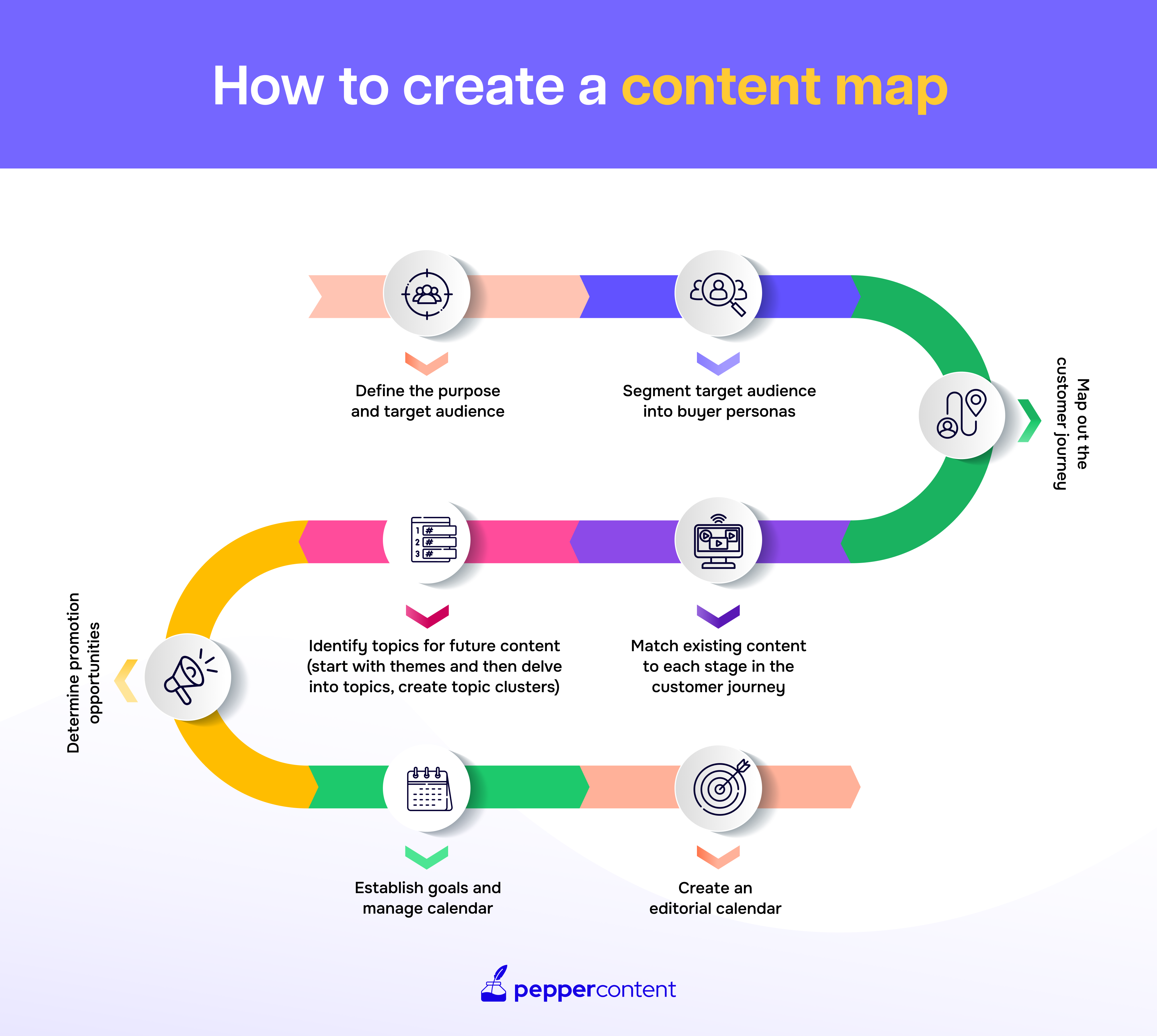
By taking a customer journey-centric approach, you can ensure that your content is not just keyword-focused but also engaging and impactful. It helps you build stronger connections with your audience by addressing their specific needs at each stage of the buying process.
Now that we understand why taking a customer journey-centric approach is crucial, let’s dive into how we can map our content to the different stages of the buyer’s journey.
Mapping Content to the Awareness Stage
When it comes to content mapping, understanding the customer journey is key. The awareness stage is where potential customers are just beginning to realize they have a problem or need. This is an opportune time for businesses to step in and provide valuable information that addresses these needs.
To effectively map content to the awareness stage, businesses must first identify the customer’s need at this stage. For example, let’s say a customer is experiencing a slow laptop. They may not yet understand what is causing the issue or how to fix it. By diagnosing this as a customer need, businesses can create content that directly addresses the problem.
Informative content such as blog posts, how-to videos, and infographics can be powerful tools for addressing these needs. A blog post could provide tips and tricks for speeding up a slow laptop, while a how-to video could walk the customer through step-by-step instructions on optimizing their device’s performance. Infographics could visually illustrate common reasons for slow laptops and corresponding solutions.
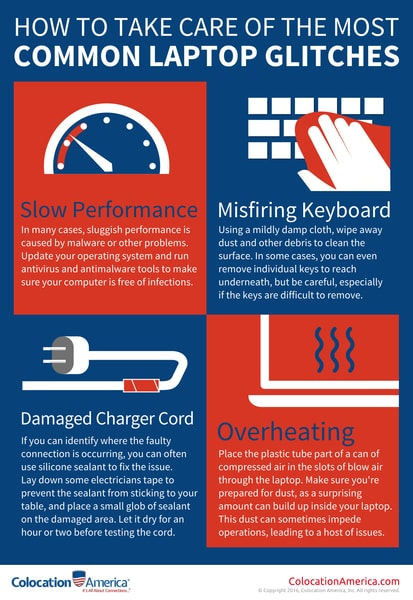
By providing informative and helpful content at this stage, businesses can position themselves as trusted experts in their industry and build credibility with potential customers. This not only helps solve the immediate problem but also establishes a foundation of trust that can influence future purchasing decisions.
Mapping Content to the Consideration Stage
As potential customers progress through their journey, they enter the consideration stage where they actively seek out specific product features or solutions. Businesses must map their content accordingly in order to capture and retain these customers’ attention.
To effectively map content to the consideration stage, businesses must understand what specific features or solutions potential customers are looking for. For instance, let’s say a customer is in the market for a laptop and specifically wants one with more RAM. By identifying this desire, businesses can create content that highlights the advantages of their product in relation to this specific feature.
Comparison charts, interactive quizzes, and guides are effective forms of content for the consideration stage. A visual chart comparing different laptops’ RAM capacities and performance scores would provide valuable insights for customers. Interactive quizzes could help customers determine which laptop features align best with their needs, while comprehensive guides could offer an in-depth analysis of various laptop models.
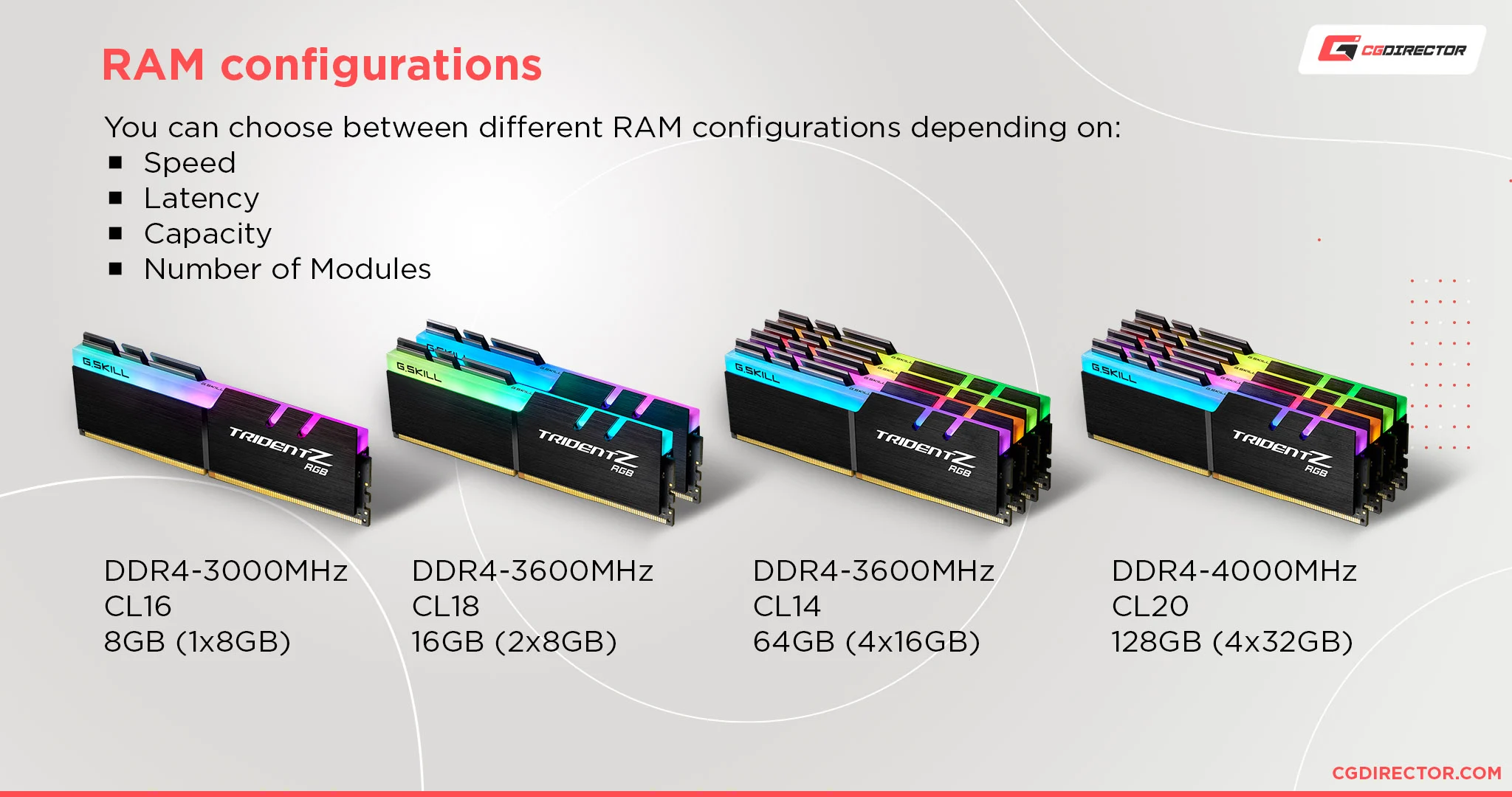
By creating content that showcases the unique benefits of their products or services, businesses can differentiate themselves from competitors and influence potential customers’ decision-making process. This is a critical opportunity to highlight what makes their offering superior and meet the specific needs of customers at this stage.
Mapping Content to the Decision Stage
When customers reach the decision stage of their journey, it’s crucial to reassure them and build trust. This is the final push, the moment when they are ready to make a purchase. However, doubts and uncertainties may still linger in their minds. To address these concerns, your content mapping strategy should focus on alleviating doubts and providing the necessary information.
Imagine a customer who has decided to buy a new laptop. They have narrowed down their options and are ready to make a final choice. At this stage, they want more detailed information about what exactly they can expect from the laptop they are considering. To cater to this need, you can develop a knowledge hub on your website that addresses common technical issues and offers solutions. This will show the customer that you are there to support them even after the purchase.
Customer testimonials also play a vital role in building trust during the decision stage. Hearing from satisfied customers who have already made the purchase can help alleviate any remaining doubts or hesitations. Consider showcasing testimonials on your website or social media platforms, highlighting their positive experiences with your product or service.
Furthermore, offering virtual demos can be highly effective in boosting confidence. By providing potential customers with a firsthand experience of what it’s like to use your product or service, you can help them visualize how it will benefit them. Virtual demos allow customers to interact with your offering without committing to a purchase, making it easier for them to make an informed decision. This is how your mapping content to buyers’ journey strategy works.
Brands need to come together and deliver on all these stages to make magic happen. For example, American tech real-estate marketplace company Zillow’s content strategy matches the real estate customer journey. They provide guides on buying, selling, and renting homes for awareness, in-depth property listings and market trends for consideration, and tools for estimating home values and connecting with real estate agents for decision-making.
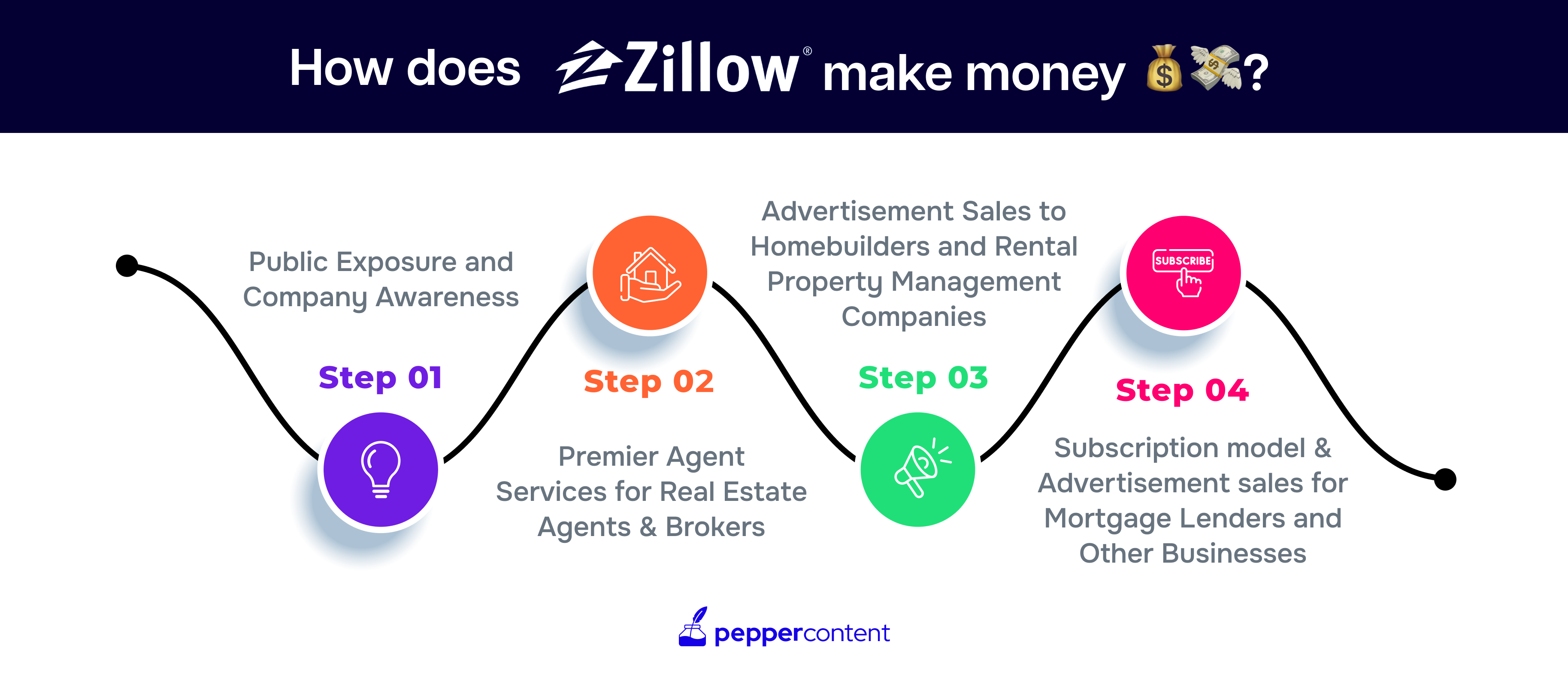
The Power of Personalization in Content Mapping
Personalization is key in today’s content marketing landscape. Customers expect tailored experiences that cater to their specific needs and preferences. By leveraging data and insights, you can deliver targeted content that resonates with individuals on a deeper level.
For instance, let’s say you run a fitness brand. Instead of providing generic workout plans, imagine offering personalized workout plans based on user goals and activity levels. This level of customization shows that you genuinely care about helping customers achieve their fitness objectives. By utilizing customer data such as age, fitness level, and desired outcomes, you can create content that feels highly relevant and valuable to each individual.
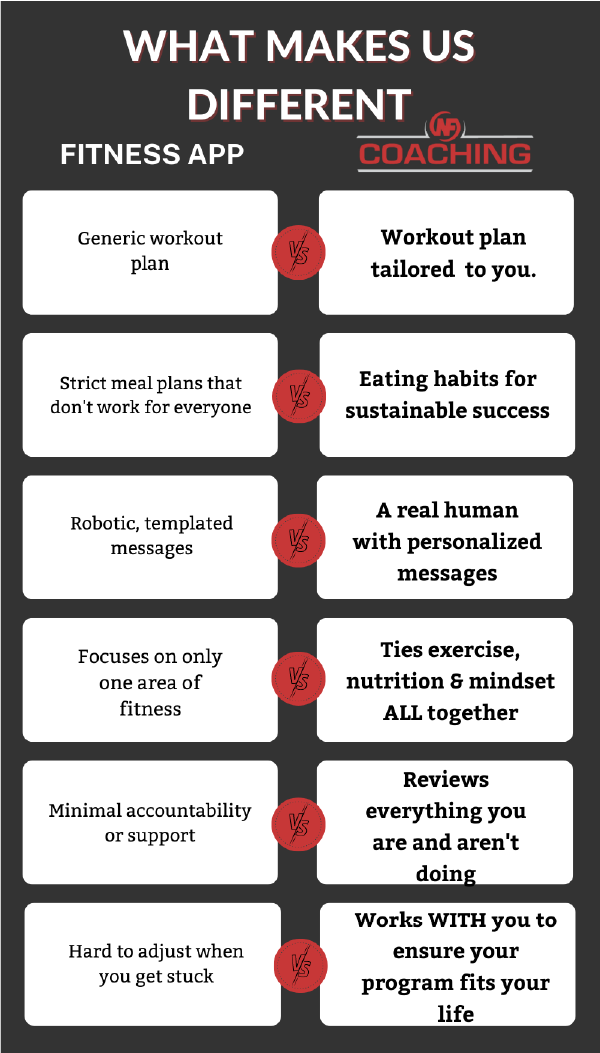
Personalization goes beyond just addressing customers by their names in email marketing campaigns. It involves understanding their preferences, past interactions, and behaviors. By tracking their previous purchases, browsing history, and engagement patterns, you can gain insights into their interests and preferences. Utilize these insights to deliver content that speaks directly to their unique needs.
Measuring Success and Iterating Content Mapping Strategy
Once you are done mapping content to buyers’ journey, it’s crucial to measure its success and make necessary iterations to ensure optimal results. Analytics and metrics play a vital role in evaluating the effectiveness of your content journey mapping efforts. By tracking key performance indicators, you can gain valuable insights into how well your strategy is resonating with your target audience.
One way to measure success is by tracking conversions. Look at how many leads or sales have been generated as a result of your content efforts. Furthermore, monitoring engagement rates can provide valuable insights into the level of customer interest and involvement with your content. Metrics such as time spent on page, social media shares, and comments can help you understand what type of content is most engaging for your audience.
Customer satisfaction scores are another important metric to consider. By surveying customers and collecting feedback, you can gauge their overall experience with your content and make improvements based on their suggestions.
In conclusion, understanding the customer journey is essential for effective content marketing. Content journey mapping allows marketers to mainly focus on their target audience’s specific needs and preferences rather than chasing every potential customer.
Whether it’s addressing the customer’s need for information during the awareness stage, showcasing product advantages in the consideration stage, or providing reassurance and building trust in the decision stage, content mapping allows marketers to guide customers through each step of their buying journey.
Mapping content to buyers’ journeys is a powerful content mapping strategy that not only increases conversions but also enhances customer satisfaction and loyalty. So, embrace content journey mapping as your strategic compass and lead your customers toward conversion and beyond.
For, all your stages of content creation according to the customer journey, consider Pepper Content which enables CMOs at enterprises and fast-growing companies to grow ROI and revenue by helping them create high-quality content and track its lifecycle in one collaborative platform. Book a demo now!
Latest Blogs
Explore how Google’s 2025 AI search updates triggered ranking chaos. Learn actionable strategies to adapt your SEO for AI Overviews, zero-click searches, and SERP volatility. Stay ahead now.
Learn how to rank on AI search engines like ChatGPT, Perplexity, and Gemini by optimizing your content for authority, structure, and relevance. Stay ahead in AI-driven search with this strategic guide.
Explore the best healthcare SEO services for your medical practice. Improve online visibility and effectively reach more patients in need of your services.
Get your hands on the latest news!
Similar Posts

Content Strategy
5 mins read
Choosing The Best Healthcare Marketing Agency For Effective Content Solutions

Content Marketing
4 mins read
Top 10 Agencies B2B SaaS Content Marketing for B2B Success

B2C Marketing
5 mins read